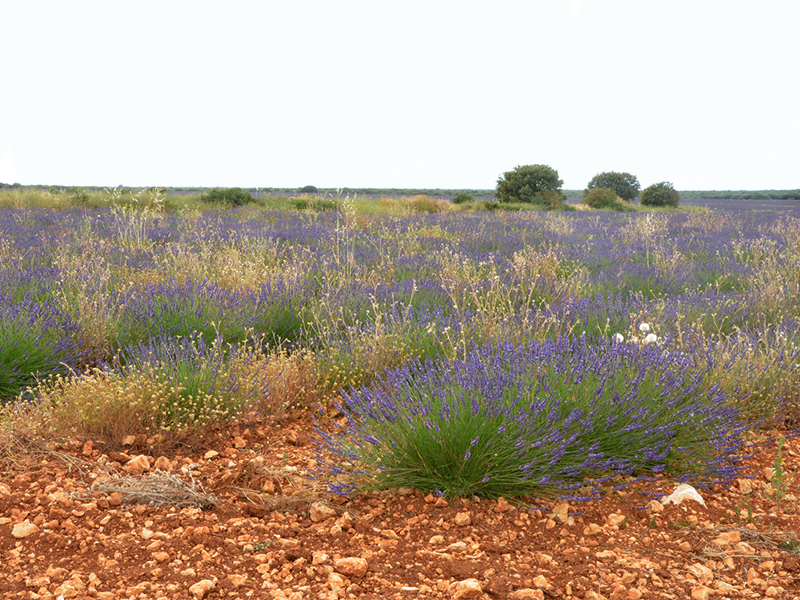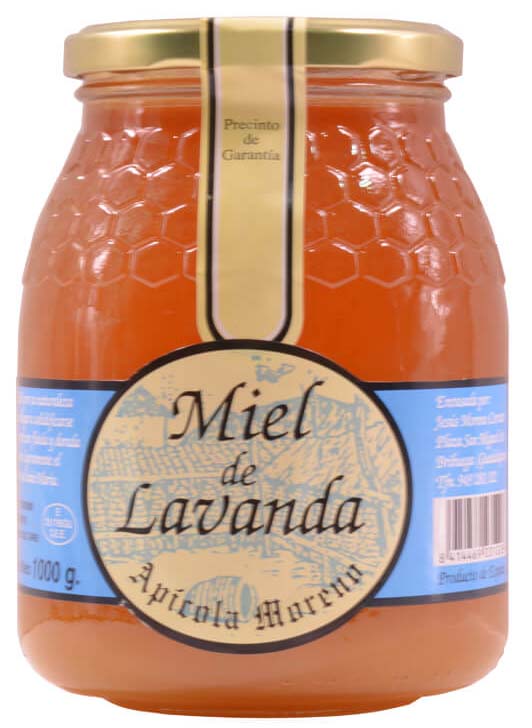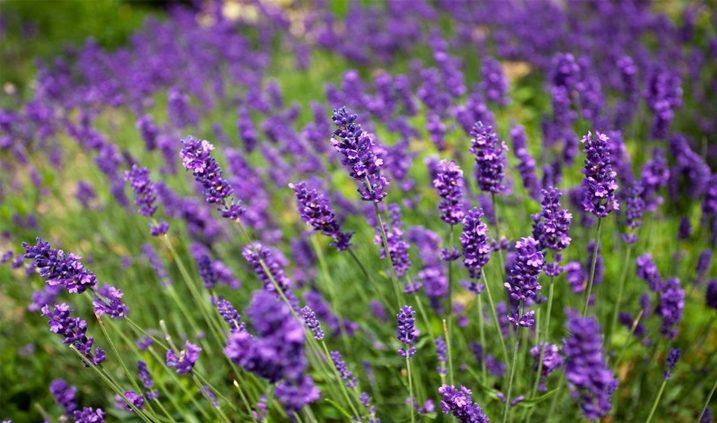Properties of lavender
Lavender is a medicinal plant of the Mediterranean climate with enormous beneficial properties and with a very penetrating and characteristic aroma, from which men and bees take enormous advantage. The man like aromatic and medicinal plant, using it for aromatizers, perfumes and in the natural cosmetics and the bees to elaborate their raw honey. Keep reading and discover the properties of lavender.
In the shop of El Cortijuelo de San Benito in Las Rozas in Madrid or in our online shop you can buy numerous articles with lavender, lavender honey, soaps with lavender and anti-wrinkle creams.
If you want to know more about properties of medicinal plants, you may be interested in: Properties of rosemary
Lavender
There are numerous varieties of lavender: lavender which would be Lavandula Spica L., lavender which would be lavandula latifolia Villars, lavender, lavandula stoechas L.
Scientific name of the lavender:
Lavandula L.
Family:
Lamiaceae
Description of the lavender shrub
Lavender is a woody bush at its base and with the beginning of each new spring new herbaceous shoots of several palms high and even more depending on weather and soil conditions. Their leaves are opposite, one side against the other, with a frank green colour. The flowers form glomeruli and at each base there are always4 two opposite leaves with a rounded shape. The calyx of the flower has a completely tubular shape of about 5 to 6 mm long and 1.5 mm wide. The corolla is blue and is somewhat larger than the calyx. It has four stamens that are enclosed in the tube of the corolla. The leaves and especially the flowers are well known for their intense smell and for being very aromatic.

Photo 1: Lavender field
Characteristics of lavender
Flowering of lavender
The lavender blooms when the heat starts to come in, starting in June.
It is reared
The lavender a plant typical of Mediterranean countries is most often found on slopes and rocky and rocky hillsides. It usually accompanies the nearby mountains between 600 to 1700 meters of altitude is usually found. The lavender is a plant of garden, reason why we can find it in many other places although they are not in their optimal conditions of development.
Collection of lavender
In the months of June and July the lavender flowers are opened and this would be the time to collect the flowering tops. Once harvested, we must dry them for later storage in hermetic boxes.
Cultivation of lavender:
The lavender is a plant not very demanding, but has as preference the elevated, ventilated and sunny places. If you want to reproduce, it is very easy to multiply by cuttings. The selected cuttings of a desired bush must be planted in small flowerpots and these to place them to half shade until they take root. Once well rooted plant them in spring where you want.
Composition of the lavender:
The main components of lavender are its essence, tannic substances and small amounts of a glucoside and an acid saponin.
The essence of lavender is of enormous structural complexity, consisting of a terpenic alcohol, linalol, a set of esters, such as linalium acetateop and other components such as capronate, valerianate, butyrate, and so on.
Uses and properties of lavender
The properties of lavender are huge. Lavender has digestive, stimulating and antispasmodic properties that help fight colic, flatus and indigestion.
One way to take advantage of the benefits of lavender is to make an infusion of the herb, for this we put in a saucepan water and place it on the fire. Once the water is boiled, pour the fluorescence of the lavender and cover the saucepan, leave it so for several minutes until the water takes color. This infusion is ideal after meals, helping digestion and stimulating the body. This same infusion can also be used to disinfect wounds and sores.
Another of the uses of lavender is in the moment of the bath. Pour the inflorescences of lavender into the bath water and rub your body with them. These will relax the whole body and help you to activate the circulation in the most exhausted and punished areas.
You can also prepare a tincture with lavender flowers, macerated in alcohol 95 º dry flowers, Once prepared the tincture, which has already taken a darker color and is very aromatic, we can use on damaged parts of the body and friction. Be careful with clothing and skin, as this dye stains.

Photo 2: Lavender honey from a beekeeper in La Alcarria
Lavender honey:
The honey of lavender, lavender or cantueso has an amber color that can almost reach the white if it has not taken contamination of any mielato.
Its aroma is unmistakable, a very intense aroma of lavender flower with phenolic aromatic notes. Smelling this honey reminds us of being in a field of lavender. In the mouth you can easily appreciate its sweet taste with light salty notes, especially if it has some honeydew.
Source:
The newspaper The Guardian. Reader’s recipes of lavender.
Newspaper Le Monde. Properties of lavender







Leave a Reply
Want to join the discussion?Feel free to contribute!